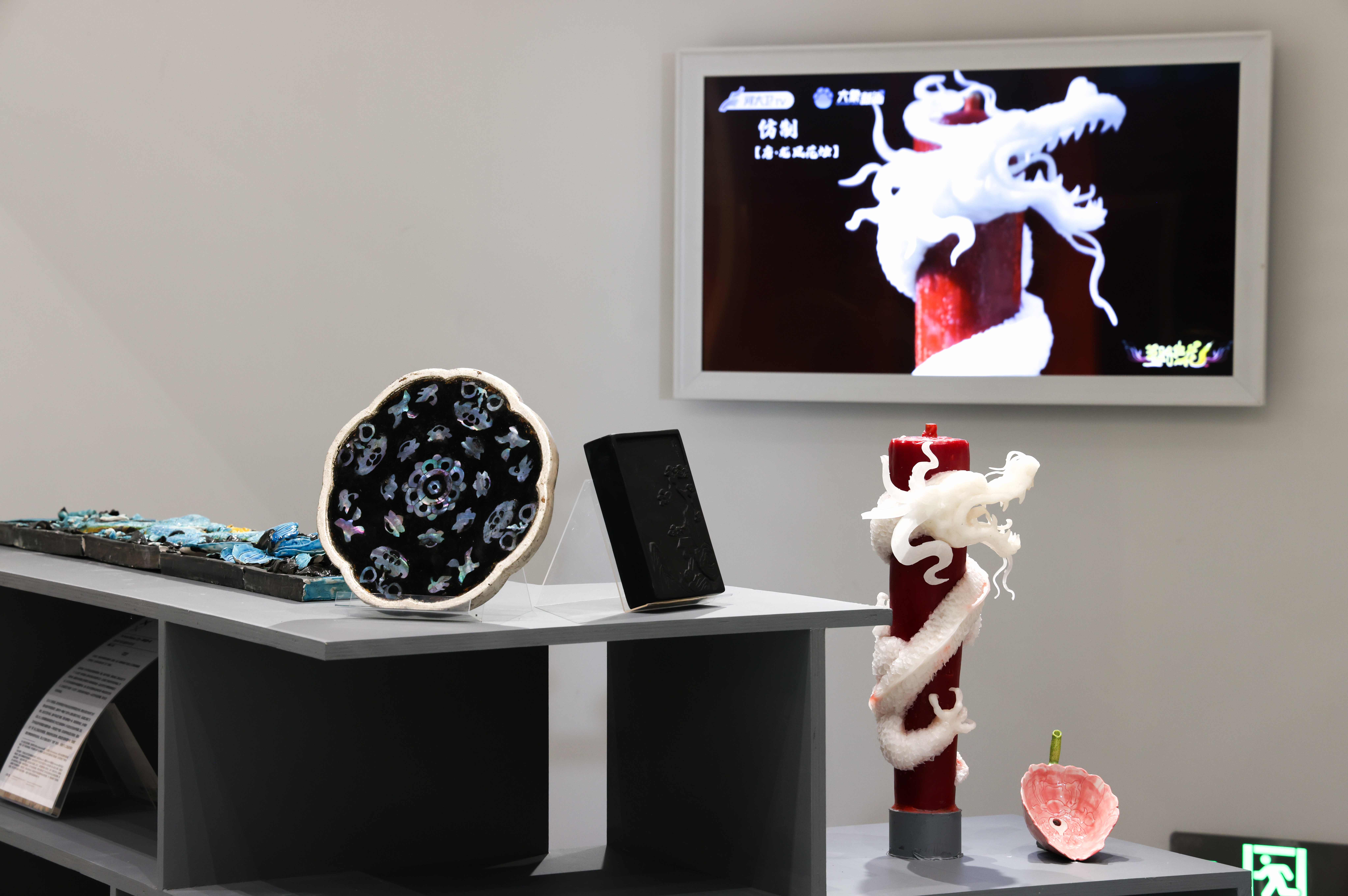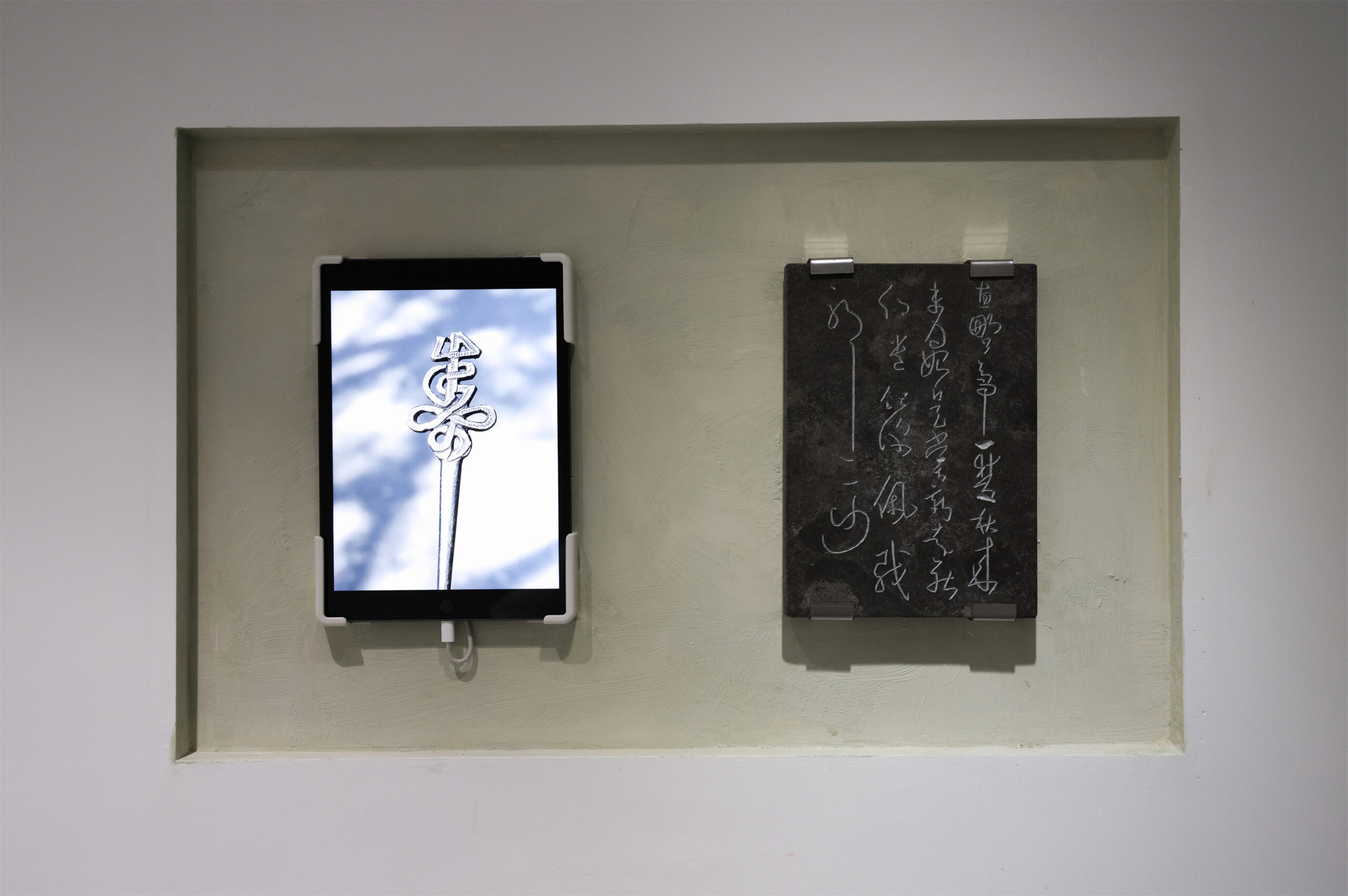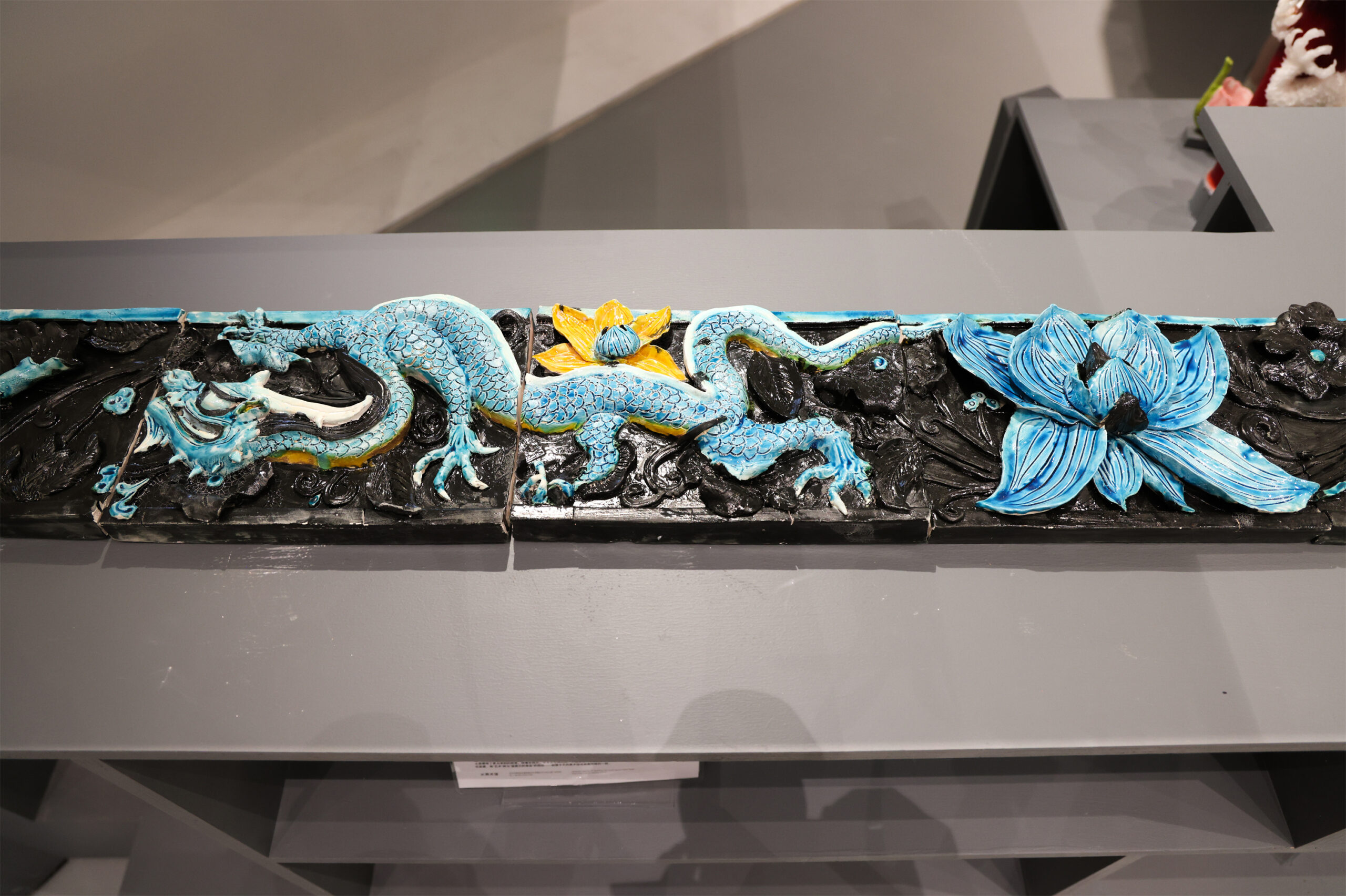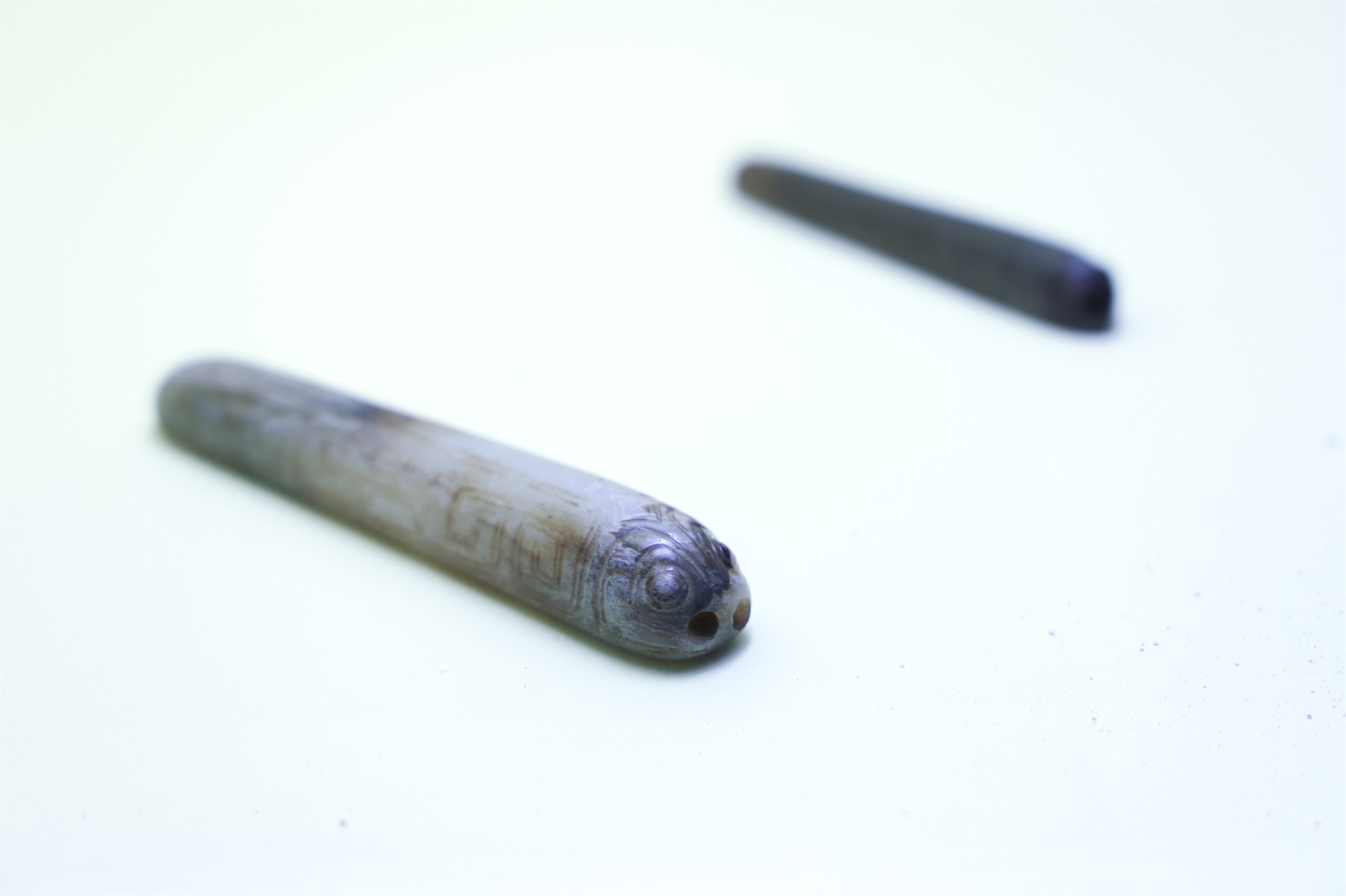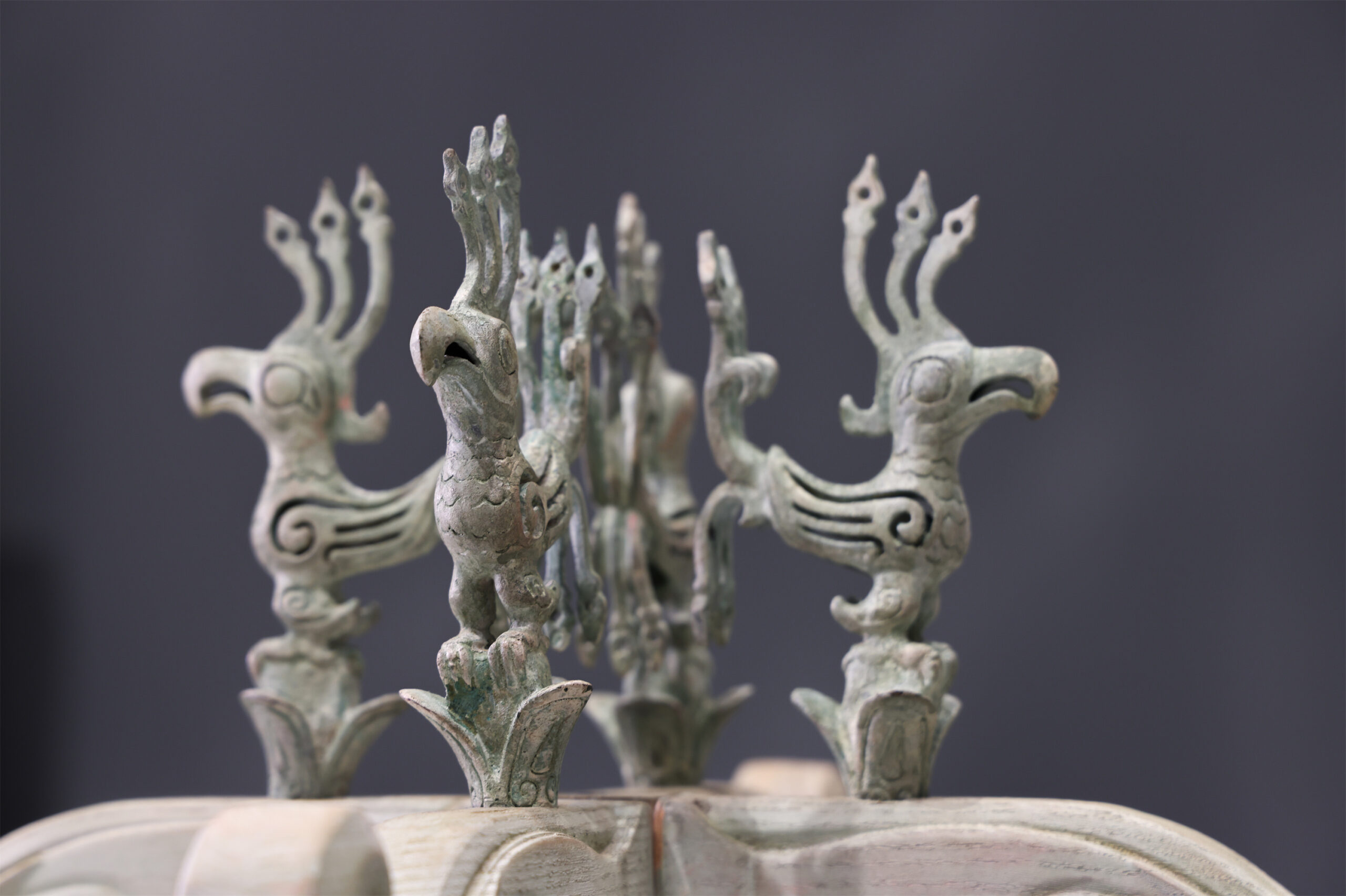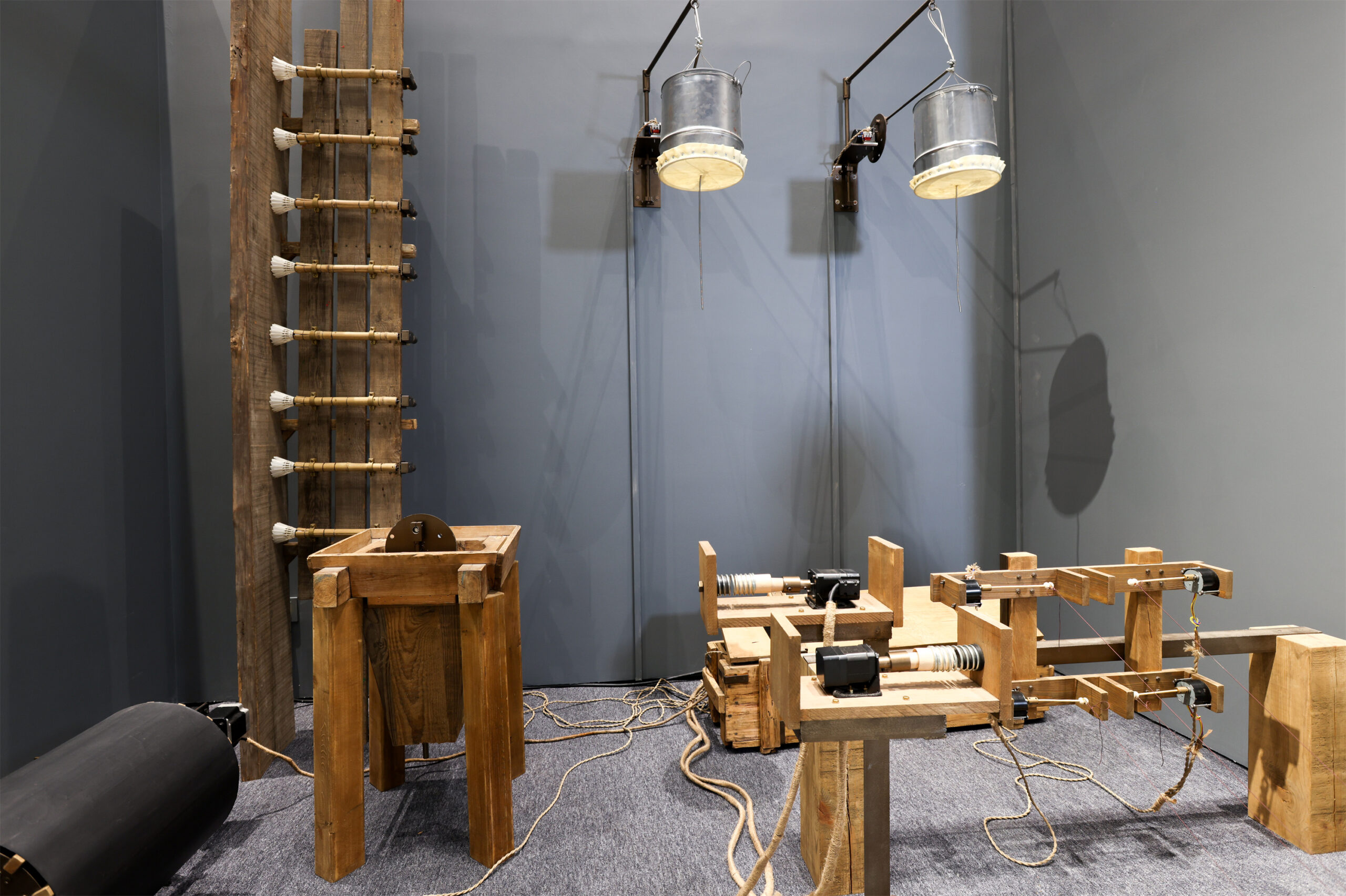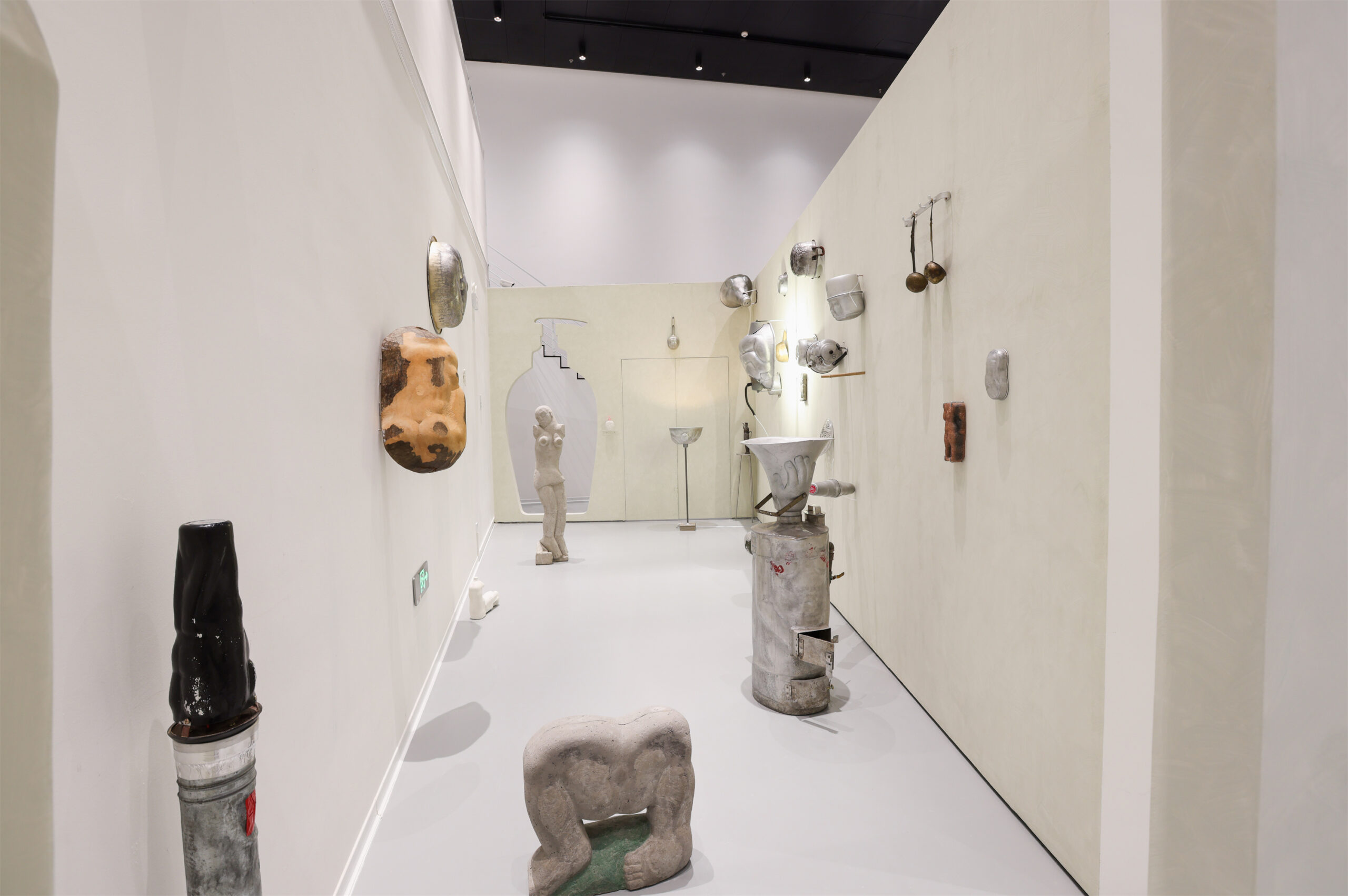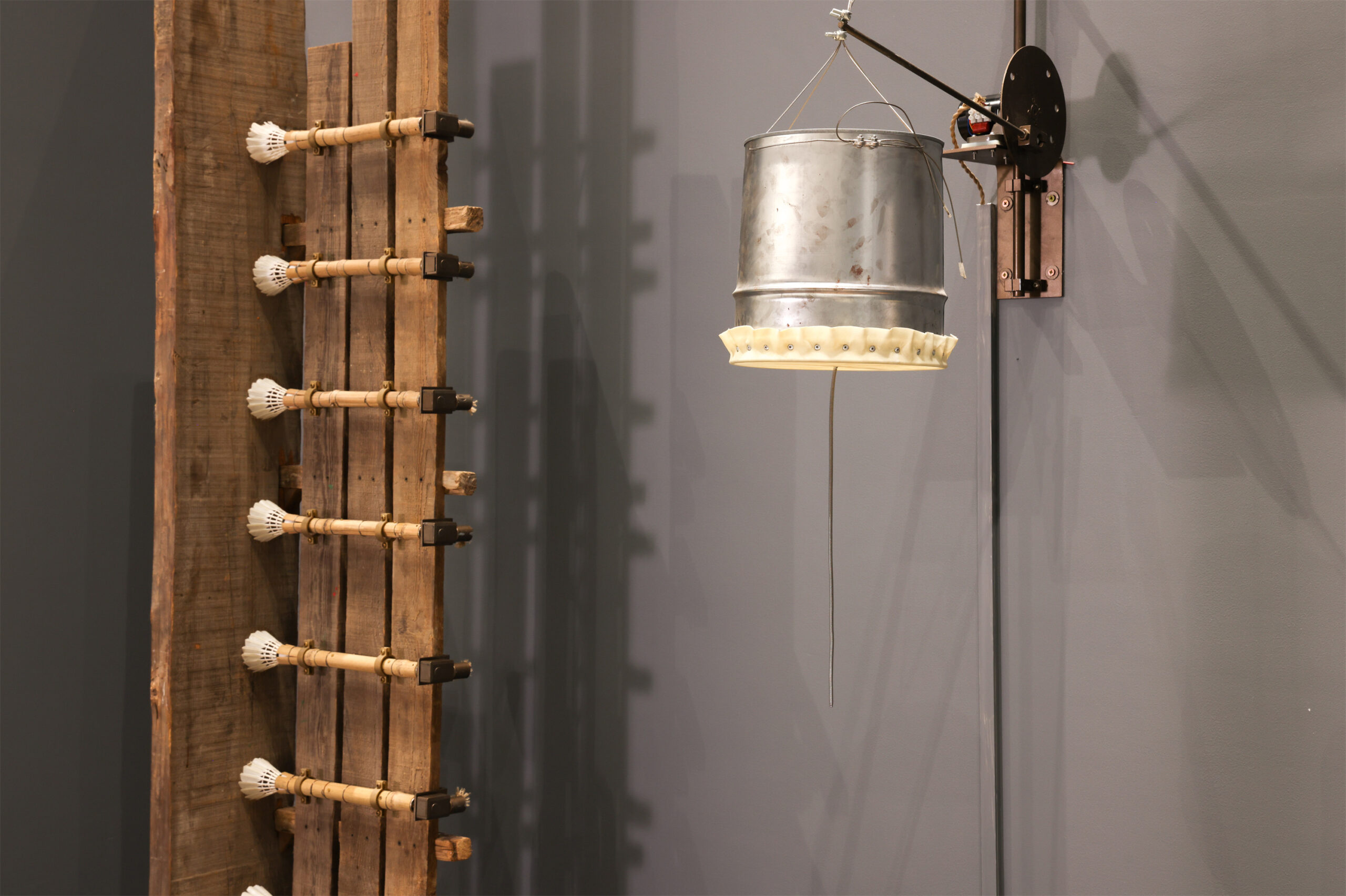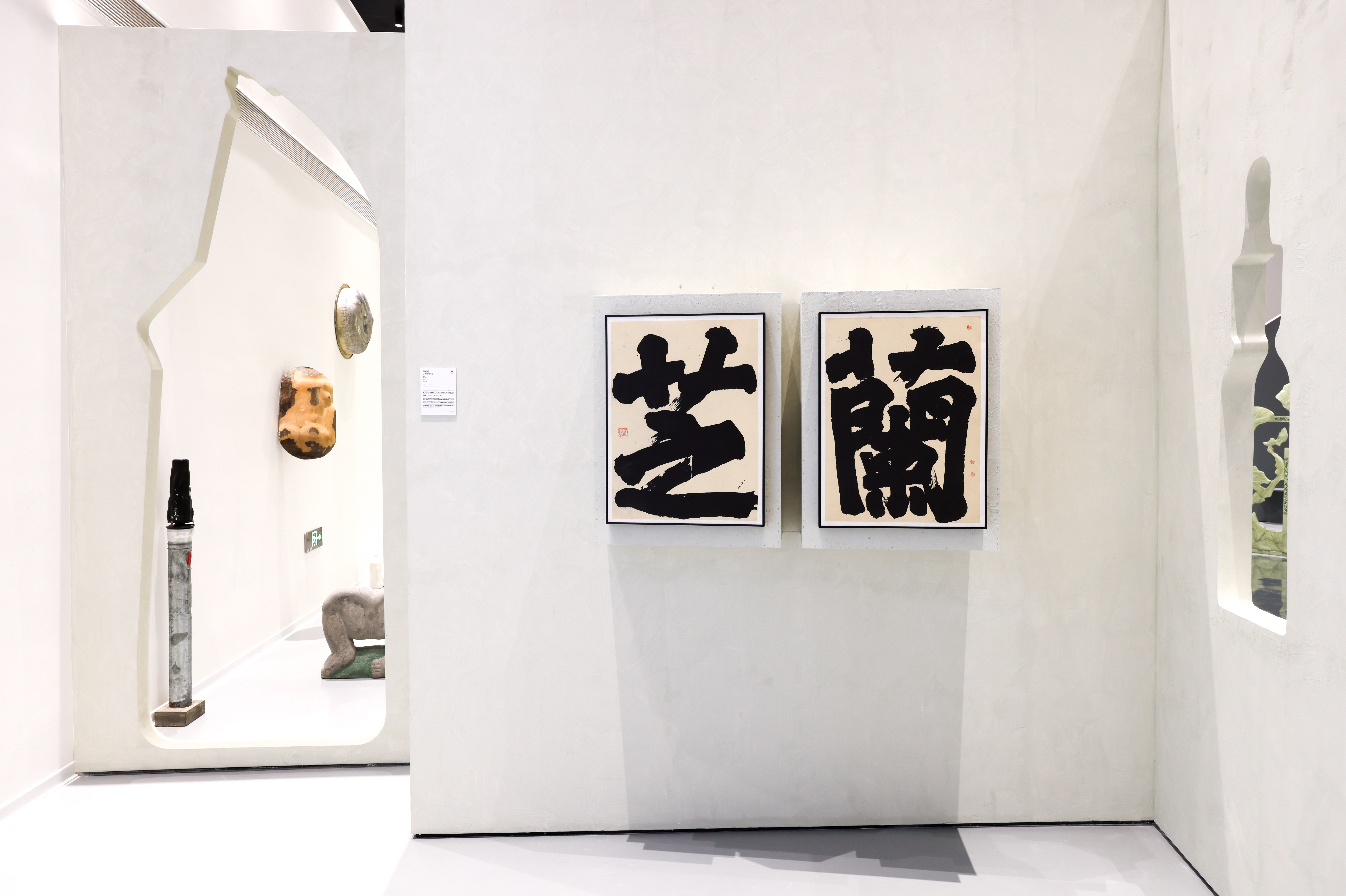
From July 20 to December 1, 2024, X Museum and Taikoo Li Qiantan, Shanghai, are pleased to present a new group exhibition, ‘Zhilan: A Glance in Urban Garden,’ at The Pool by X Museum. The exhibition focuses on 24 works by 15 artists, spanning various media types such as painting, calligraphy, video, sound, architecture, performance recording, sculptures, and documents. The exhibition is supplemented by literature reading and rest areas to build an intimate space of urban garden.
The exhibition ‘Zhilan: A Glance in Urban Garden’ is collaboratively produced by X Museum and Taikoo Li Qiantan, curated by You Yang, Ian Donghui Lyu and Yujie He. ‘Art Road Blooms’, the Henan Satellite TV program, serves as the media partner, and RED Art as the exclusive new media cooperation platform. Qing Wang, the founder of Origin Architecture, designed the exhibition space. The exhibition is held with the support of the X Museum Patrons, X Museum’s annual sponsor partners PHILLIPS and TIKKURILA, and this exhibition’s partners Top Space Art Services., FNJI, inlabism, YUPP. Thanks to Mr. Wang Linhai, the private collector, and Zhilan Restaurant for offering part of the literature readings and artworks on display in this exhibition. Thanks to Mr. Han Chunyang, the artist and director of Shanghai Shiyun Culture Development Co., Ltd., for supplying professional lighting equipment.
In the gardens of ancient Egypt, the Middle Ages, and the Ming Dynasty of China, the enclosures, layouts, and structures all reflect the gardeners’ aspiration to create a tranquil and elegant haven, which is also the inspiration for the theme of this exhibition, ‘Zhilan.’
From a genealogical perspective, the users, styles, and functions of gardens differed across various eras and regions. However, in general, gardens have always reflected the evolving relationship between human and nature, the disparity and intertextuality between gardens and secular society, and the spatial characteristics of their respective era. Throughout these periods, gardens have served as one of the carriers for artistic entities in their own and earlier times. This role played a pivotal part in the development and preservation of art prior to the establishment of modern and contemporary museums. Certainly, the audience can also regard the garden itself as a comprehensive art form. This seems to be appropriate for the relationship between human and art we are currently discussing, which is shifting from viewing artworks to experiencing the art space.
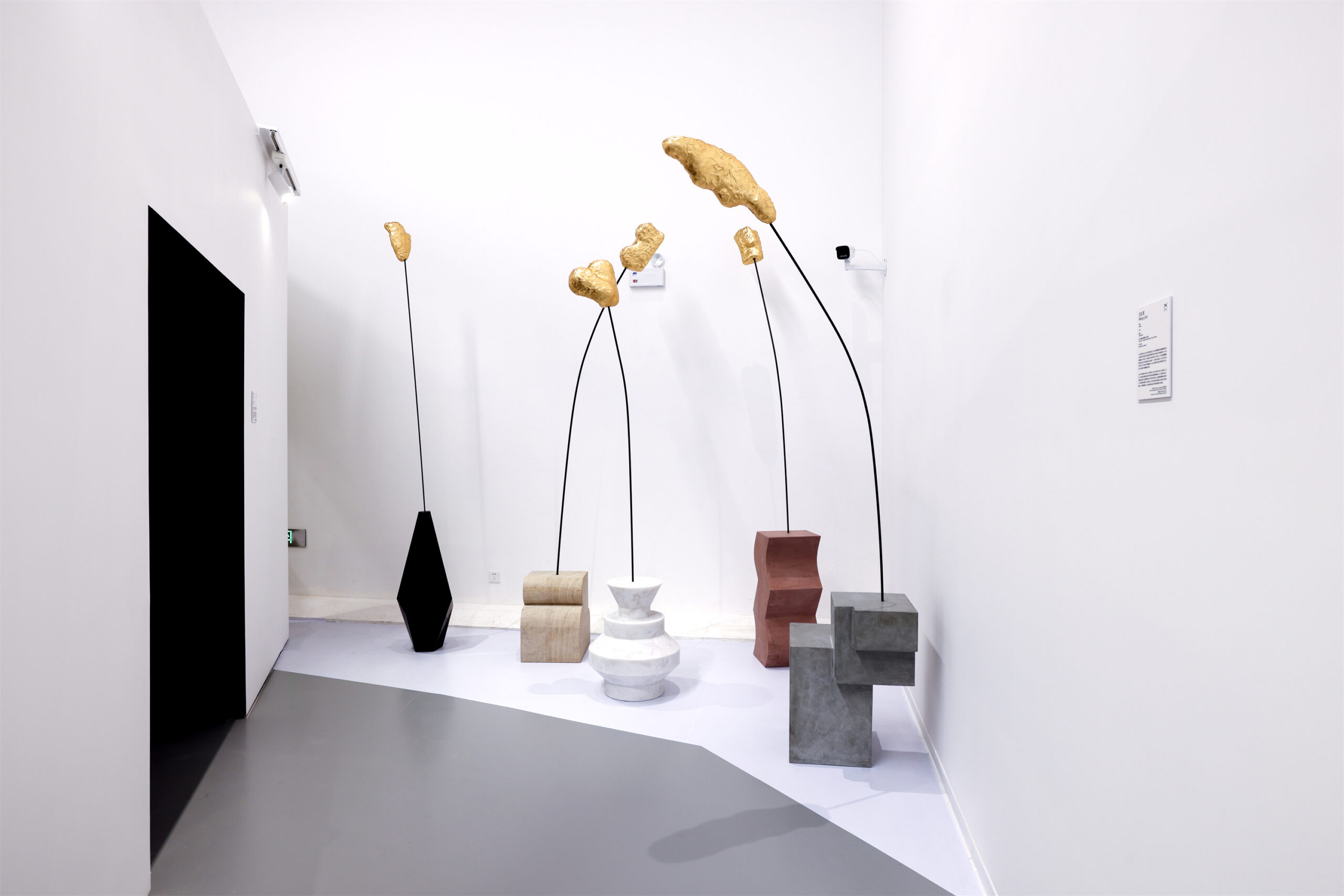
Around the 15th to 17th centuries, modernity sprouted and began to affect the transformation of social space. At the same time, comprehensive and detailed regulations on garden construction were issued in both the East and the West. As an art form that combines natural and artificial elements, the garden has acquired subjectivity. For example, in the Renaissance area, gardens were no longer attached to architecture but were integrated with them and obtained the same status. In the Jiangnan region of China, literati, officials and Confucian merchants emphasized living and working in gorgeous gardens like Zhilan to match its social status and cultural identity. At this point, artworks play a more significant role, not merely as sources of pleasure, commemorations, or symbolic ornaments, but as artificial objects of beauty that become the primary focus of appreciation, exchange, and creation. If the ‘Cabinet of Curiosities’ in the Western Garden villa is the embryonic form of the modern museum, the concern of the guests in the Eastern garden for Superfluous Things is also a crucial platform for the preservation, research, and exhibition of artefacts, which is similar to the basic functions of today’s art museum.
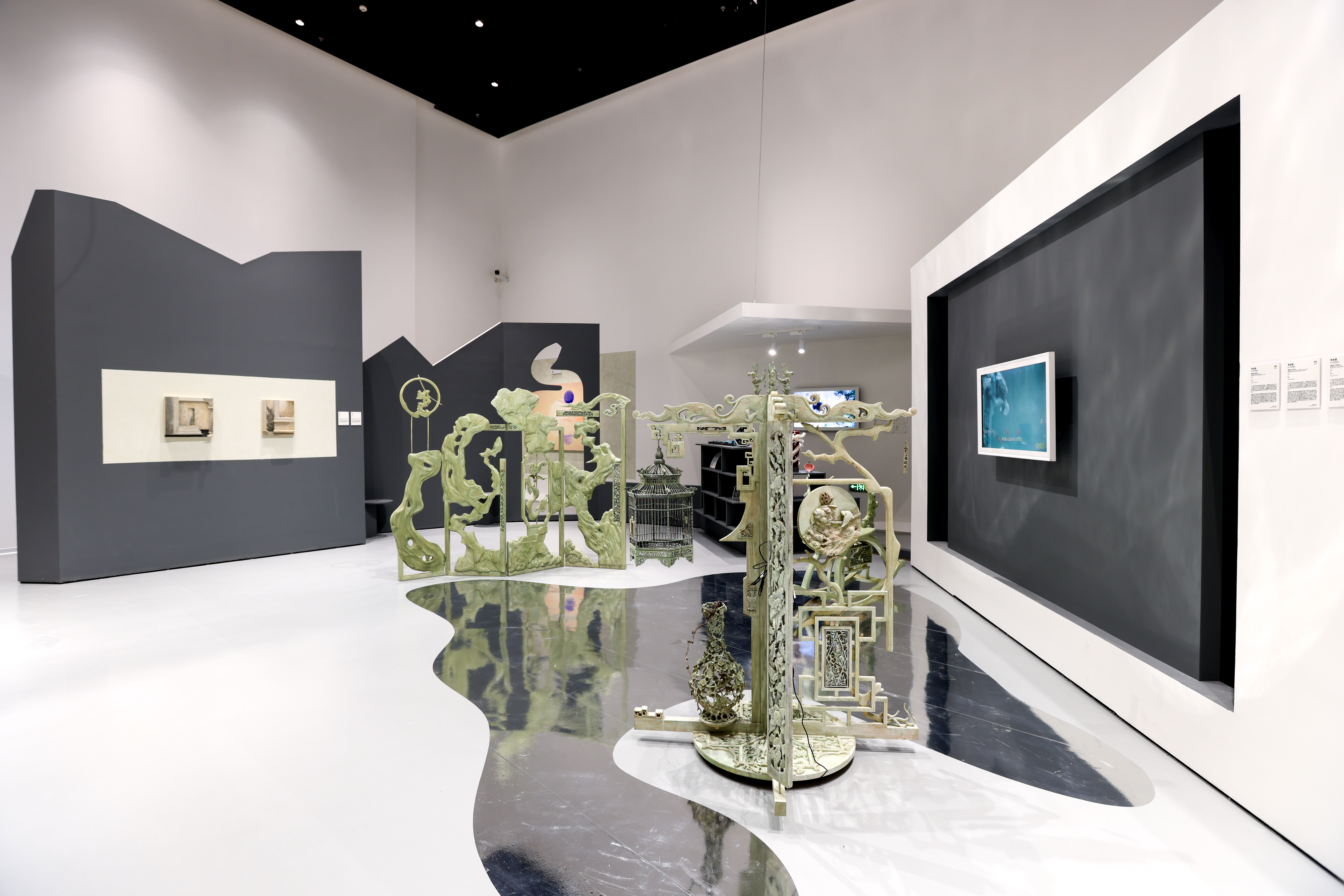

In the gardens of the Medici family’s villa or the Humble Administrator’s Garden designed by Wen Zhengming for Wang Xianchen, the identities of users or viewers are complex. They not only emulated ancient traditions but also imparted knowledge and instructions. Concurrently, they engaged in current activities, such as discussions related to aesthetics, politics, and business, constantly rehearsing for the eventual establishment of art museums. In 19th-century Europe and 20th-century China, private gardens gradually transformed into public cultural spaces, allowing previously static cultural resources to circulate and evolve again. Today, more people regard gardens as integral parts of their daily lives, both to appreciate cultural charm and to perceive and reinforce their cultural identity.
This exhibition aims to showcase the implications of cultural evolution and the characteristics of contemporary art in multi-media and spatial forms through the lens of gardens. On one hand, the inspiration stems from Taikoo Li Qiantan as the metaphor for a large-scale, integrated contemporary garden. On the other hand, it also continues the traits of the evolution of urban space that the curators persist in research. The exhibition space structure design, with the collaboration of architect Qing Wang, draws on the romantic aesthetics of simulating nature emphasized in gardens since the Ming Dynasty, which is different from the regular geometric forms of Western Gardens and combined with artworks to create an exhibition atmosphere that embodies the refined harmony and the arrangement of mountains and water. The exhibited works come from creators of different generations, from the jade of the late Shang Dynasty to the famous critic Li Xianting, who was born in 1949, to Li Yichen, who just graduated from college and was born in 1996. Their professional backgrounds include art college teachers, art theorists, architects, and music club founder, as well as emerging young artists who participated in the Henan Satellite TV Show ‘Art Road Blooms,’ demonstrating diverse interpretations and expressions of this daily and historical theme by groups with different educational backgrounds and social identities. Their art pieces span comprehensive media types in the Chinese art system such as painting, calligraphy, video, sound, architecture, site-specific, installation, sculptures and documents. On the second floor of the exhibition space, literature reading and rest area is set up so that audiences can learn more about the exhibition.
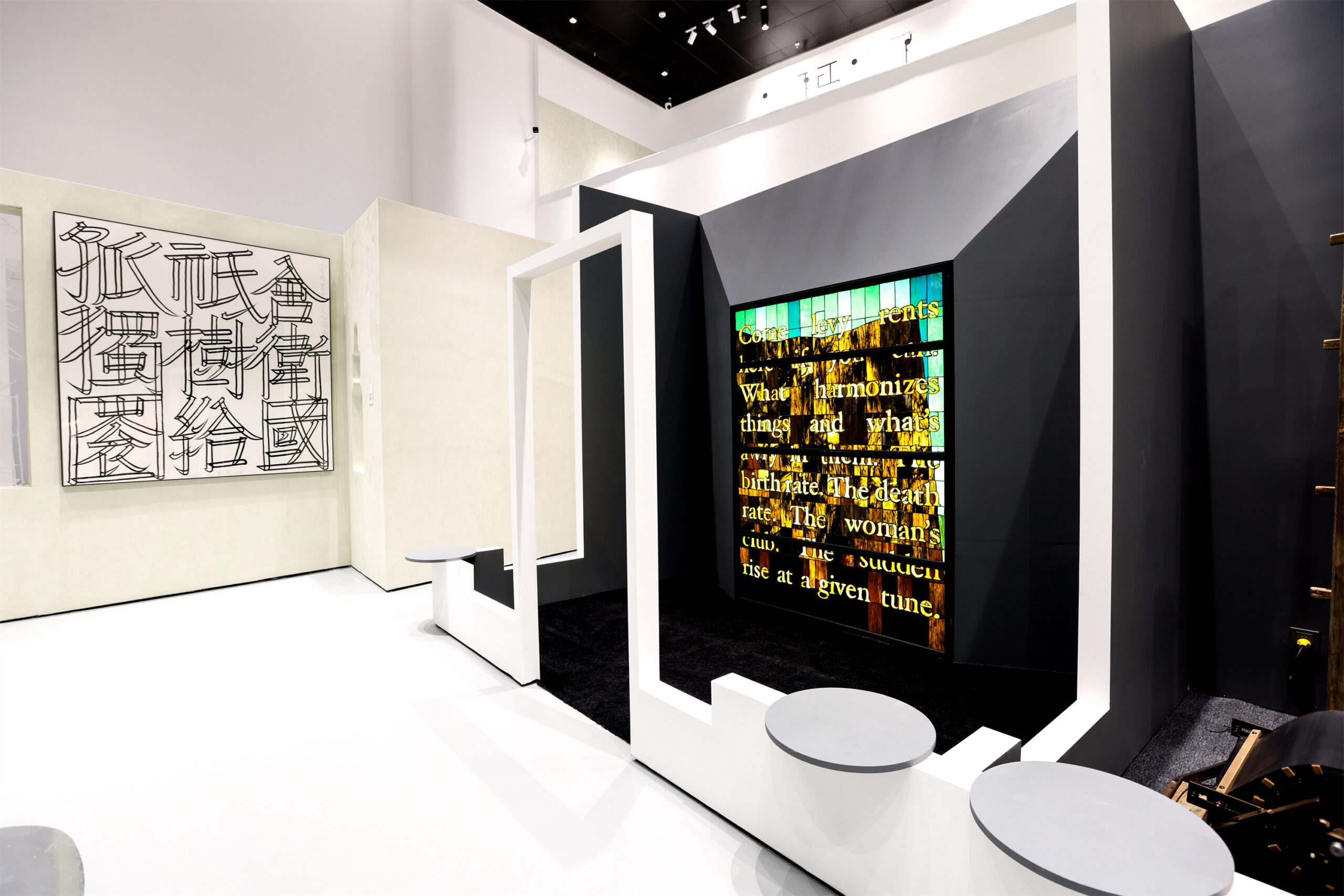
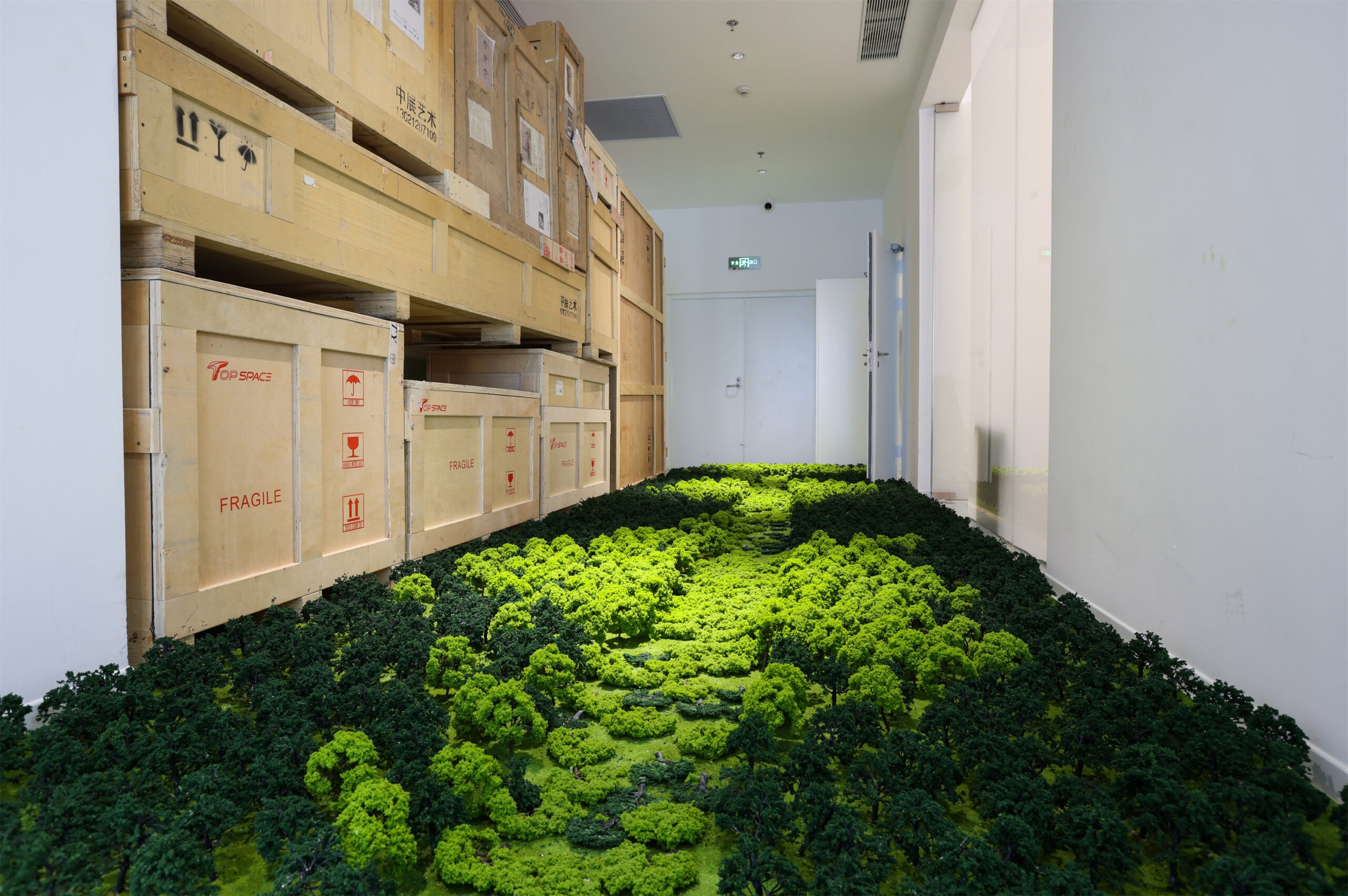
‘Leisure is not far away, and the pavilion is in the abbot’s room.’ I hope you can spend a playable leisure time in this gorgeous courtyard, duly experiencing more garden moments in life in the future.
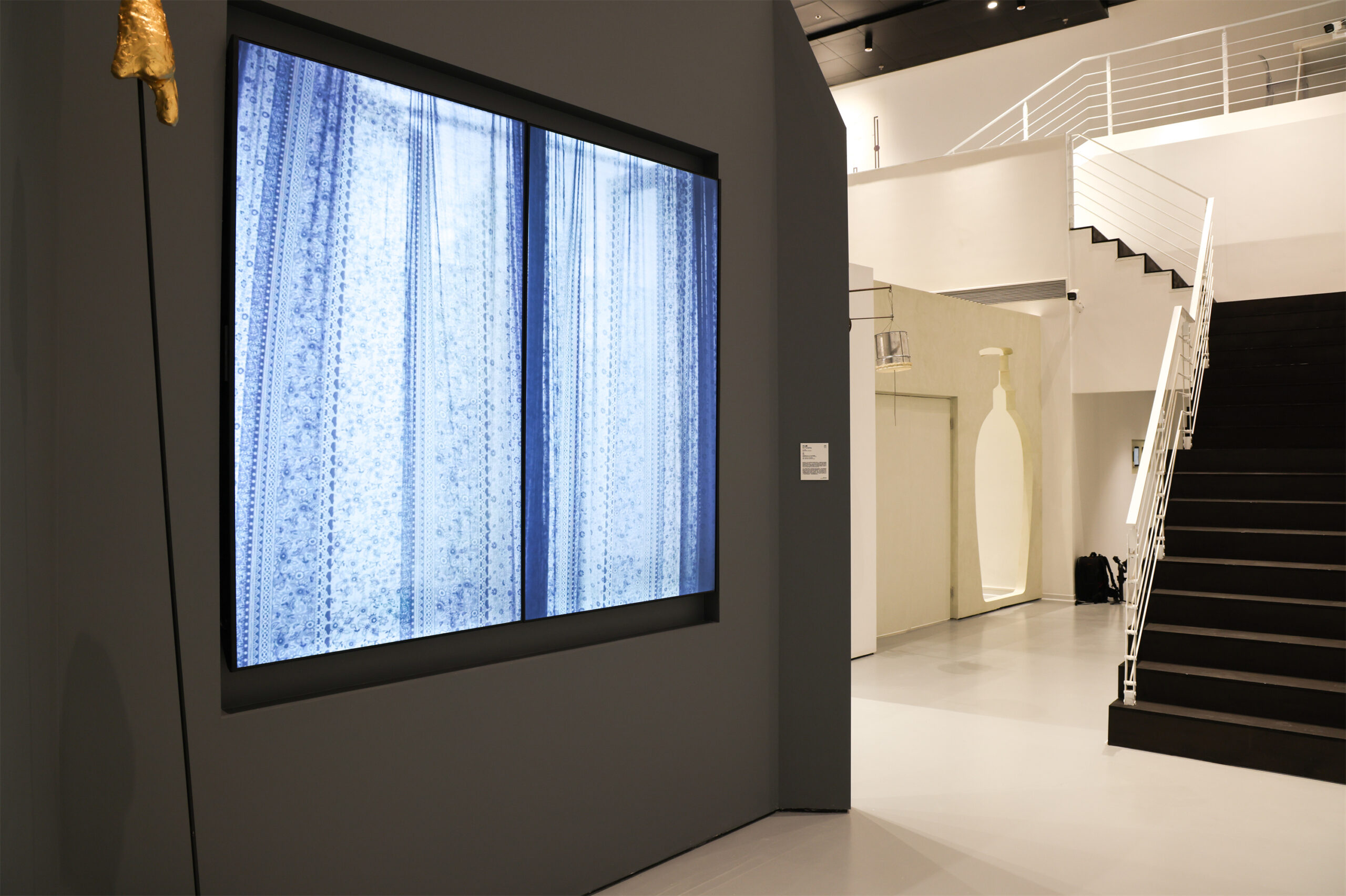
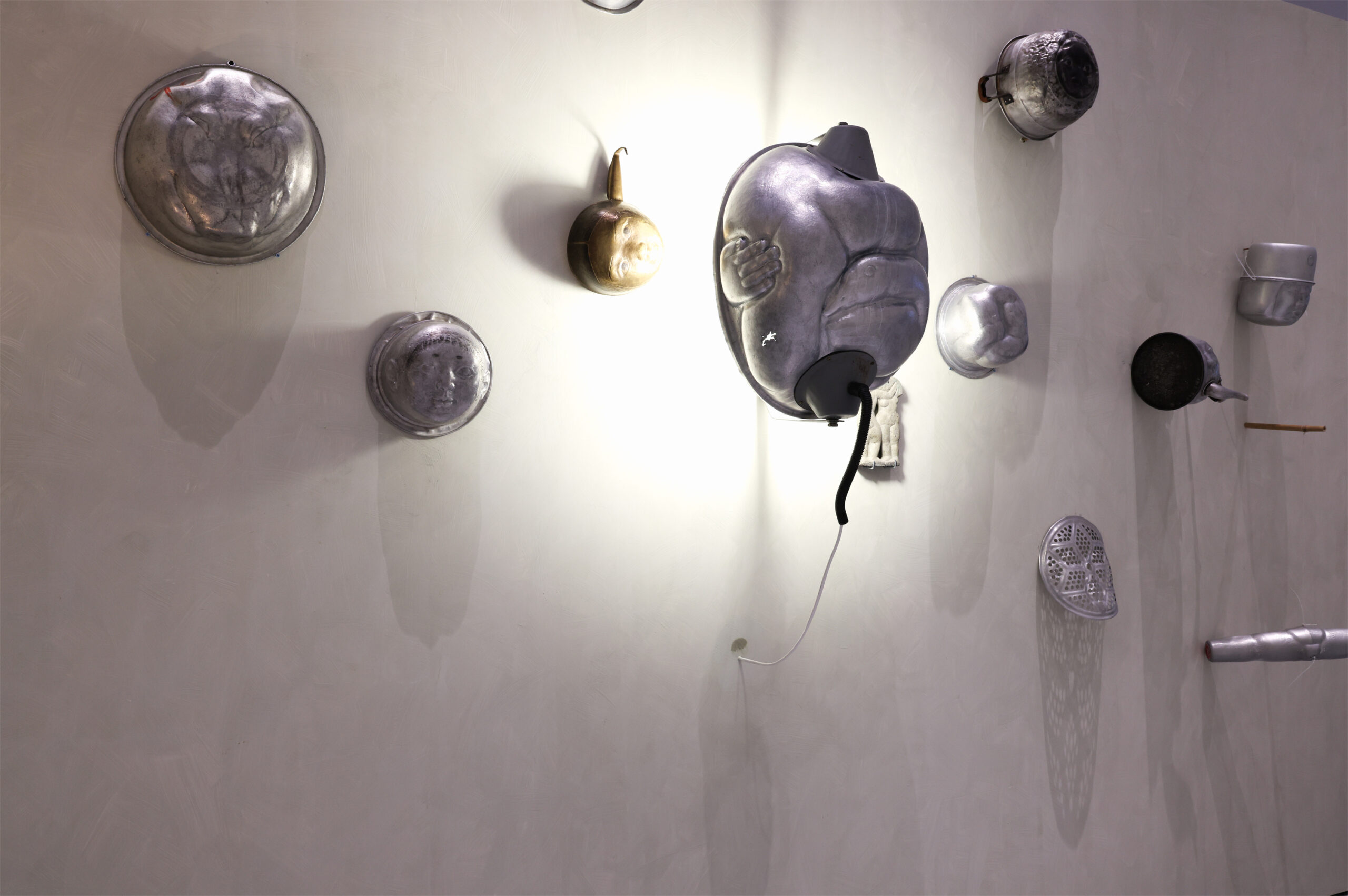
About the Artists
| Li Weiyi | Shi Ziyuan |
| Li Yichen | Su Qingwu |
| Li Xianting | Tian Jianxin |
| Liang Shuo | Wang Lijun |
| Liu Yanhu | Xin Yunpeng |
| Mo Bai | Xin Yunpeng |
| Na Linhu | Wu Tsang |
| Shi Zhiying |
(list in alphabetical order)
About The Artists
About The Curators
